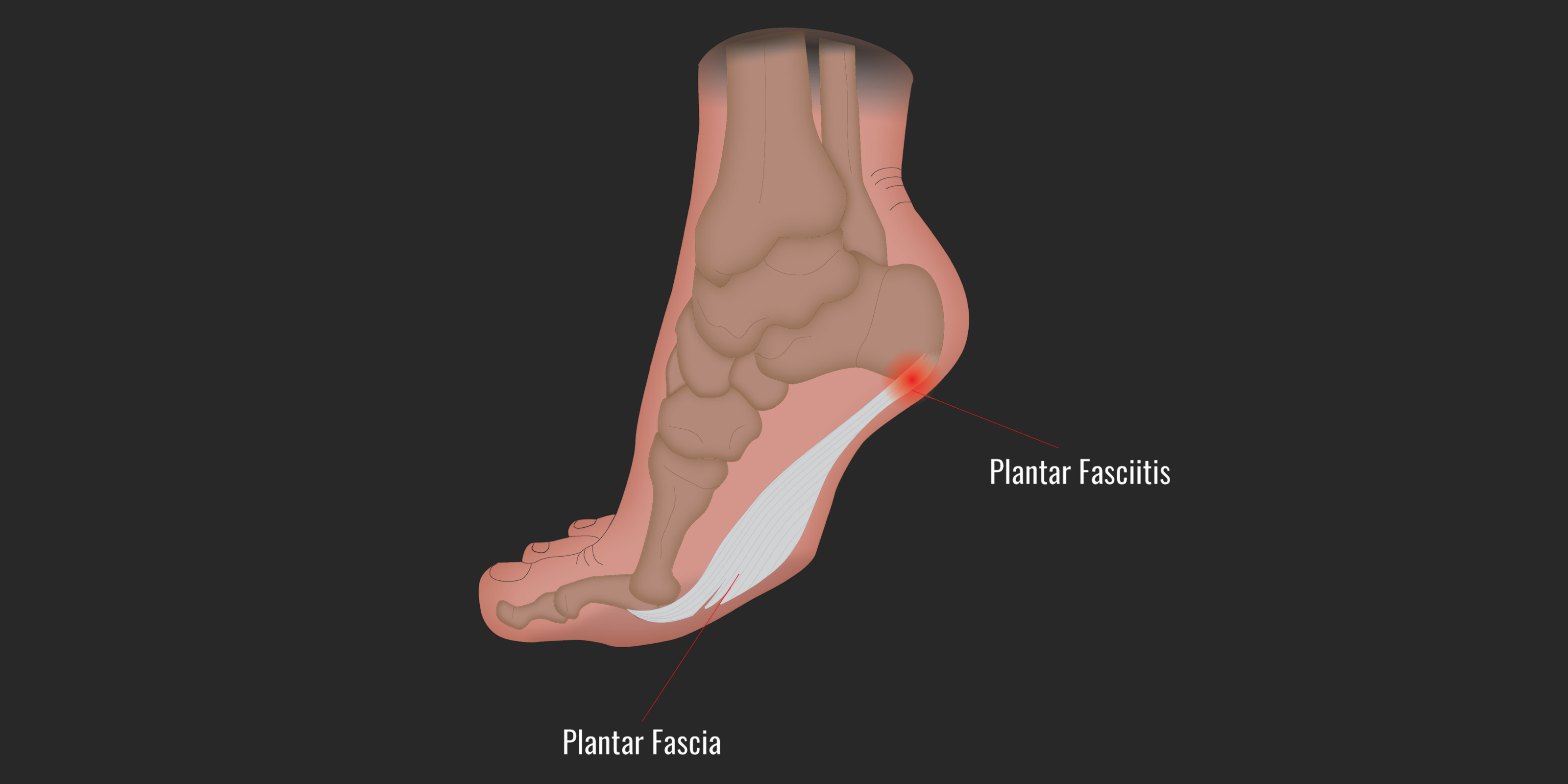Plantar Fasciitis - A common and painful problem
Plantar fasciitis is one of the most prevalent causes of foot and heel pain, often linked to athletes and active individuals. The injury occurs when the plantar fascia, a thick band of tissue that runs across the bottom of the foot from the heel to the toes, becomes overstretched or overused. The condition leads to inflammation, often making it painful to walk, stand, or participate in physical activities. The pain typically worsens with prolonged standing or after periods of rest, such as after waking up in the morning or sitting for a long time.
Athletes, particularly those involved in running, basketball, and activities that place a lot of stress on the feet, are at higher risk. Other contributing factors include obesity, wearing poorly supportive footwear, and having foot conditions like flat feet or high arches. The plantar fascia is meant to absorb shock and support the foot's arch, but repetitive stress can cause microscopic tears in the tissue, leading to pain and inflammation.
Triggers, Risk Factors, and Prevention
The symptoms of plantar fasciitis primarily involve pain in the heel and arch of the foot. This pain tends to be sharp or stabbing, especially with the first steps taken in the morning or after long periods of inactivity. Over time, this pain can become dull and constant. Other symptoms include stiffness in the affected area and occasional swelling around the heel.
The causes of plantar fasciitis are often related to repetitive strain, but there are several risk factors that increase the likelihood of developing this injury. These include engaging in high-impact activities, using inadequate footwear, or walking on hard surfaces for extended periods. Health conditions such as obesity, having a tight Achilles tendon, or an abnormal foot structure (flat feet or high arches) can also predispose individuals to this condition.











